Carolina has everything you need to teach molecular biology. Molecular genetics covers a broad range of topics key to understanding the roles of DNA, RNA, and proteins; DNA structure, function, and replication; the influence of genes on traits; cellular activities; and genetic engineering. An understanding of these concepts sets the foundation for other biological concepts.
Hands-on labs offer the opportunity to introduce students to DNA as more than just an abstract concept. Students can learn how to extract DNA, conduct gel electrophoresis labs, and analyze data. Transformation labs introduce the importance of cutting-edge experiments that can lead to discussions about CRISPR and gene transfer.
This guide covers top products and content to help support your molecular biology labs. Have your own labs and just need consumables or perishables? We have you covered.
Explore these top labs for molecular genetics:
DNA Extraction
Allow students to complete an engaging and economical lab to visualize DNA extraction. These simple DNA extractions using fruit, vegetables, bacteria, or your own cheek cells can be completed in one lab period.
DNALC Strawberry DNA Extraction Kit #211338
Beginning
Easy to Perform Requires little to no prior knowledge
Students may never look at strawberries the same again! This exciting activity is ideal for introducing students to the fascinating world of DNA. Using a technique similar to the one used by scientists, students work in pairs to extract DNA from strawberry fruit and examine it. They also review plant cell structure, and learn cell wall and cell membrane composition. An easy, fun DNA extraction for all grade levels.
DNA Necklace Kit #211138
Beginning
Easy to Perform Requires little to no prior knowledge
A fun and fascinating laboratory activity not only shows students how to isolate human genomic DNA, it lets them create DNA necklaces they can actually wear. Students extract DNA by lysing their cheek cell sample, then watch as wispy white strands of their own DNA precipitate out of a solution containing ethanol. After transferring their DNA to plastic microcentrifuge tubes, students fashion the tubes into DNA pendant necklaces using colorful string.
Biotechnology Kit: DNA Extraction of E. coli #171093
Intermediate
Easy to Perform Requires some background knowledge
Excellent for all levels of teaching, this lab demonstrates the DNA extraction process with freeze-dried E. coli cells. Cell walls are broken with a detergent, and the DNA is extracted onto a spooling rod. This allows students to visualize DNA and understand some of its properties. It also illustrates the enormous length and acidic nature of the DNA molecule.
DNA Fingerprinting
Introduce your students to the technique of gel electrophoresis and conduct a DNA fingerprinting lab. This lab allows students to look at pre-cut DNA and compare DNA banding patterns to determine similar DNA. The technique can be used for environmental forensics, genetic comparison, or genetic screening.
Outbreak! Fingerprinting Virus DNA Kit #211207
Intermediate
Easy to Perform Requires some background knowledge
With this easy-to-use kit students become virus hunters as they interpret DNA fingerprints to identify the viral strain responsible for a potentially deadly fictitious disease outbreak. Students load harmless predigested DNA samples onto agarose gels and separate the fragments to produce fingerprints. References to articles on emerging diseases are included so your class can learn more about them.
Restriction Enzyme Cleavage of DNA Kit #211149
Intermediate
Easy to Perform Requires some background knowledge
It’s easy to teach students the basics of DNA gel electrophoresis and analysis with this classic lab. Using convenient pre-cut DNA fragments, students electrophorese, stain, and visualize uncut lambda DNA (control) and DNA predigested with EcoRI and HindIII (standard molecular weight marker). They then determine the sizes of the DNA fragments.
DNALC Forensic DNA Fingerprinting Kit #211200
Advanced
For experienced high school and college classes
Requires some technical skill and background knowledge
This advanced lab uses plasmid isolation and restriction analysis to illustrate forensic DNA typing. Students are provided with 2 samples of E. coli cells to represent blood samples from 2 suspects. Plasmid DNA is extracted using a miniprep procedure and cut with restriction enzymes, along with a DNA sample representing the evidence from a crime scene.
Colony Transformation
Open your students’ eyes to the molecular basis of inheritance with this lab. Use pBLU plasmid in a colony transformation to visualize the phenotypic effect of the insertion of new genes into live bacteria.
Carolina® Biotechnology Simulator: Bacterial Transformation #217101
Beginning
Easy to Perform Requires little to no prior knowledge
Powered by Unreal Engine®. Bring open-world exploration of biotechnology into your classroom! This simulator allows you to explore a biotechnology laboratory, hone your skills, and test your knowledge of the procedural steps and equipment used for a bacterial transformation lab. This interactive simulator is based on Carolina’s bacterial transformation kit protocols and follows those procedures step-by-step.
pBLU Colony Transformation Kit 8-Station #211146
Intermediate
Easy to Perform Requires some background knowledge
Students use specially developed pBLU® plasmid in a colony transformation procedure to observe the phenotypic effect of inserting new genes into living bacteria.
Green Gene Colony Transformation #211082
Intermediate
Easy to Perform Requires some background knowledge
Students use specially developed pBLU® plasmid in a colony transformation procedure to observe the phenotypic effect of inserting new genes into living bacteria.
pBLU® Plasmid #211420
Advanced
For experienced high school and college classes
Requires some technical skill and background knowledge
Plasmid contains the gene for ampicillin resistance and the entire ß-galactosidase gene. It doesn’t depend on complementing a partial ß-galactosidase gene product as does pUC. The host, E. coli DH5, doesn’t need to be maintained on minimal medium for pBLU® transformation. The lac suppressor gene is inactivated, eliminating need for IPTG in the medium.
Advanced Topics in Molecular Biology
Looking for cutting-edge laboratory topics to introduce to your students? We have you covered with hands-on labs that will help build their advanced skills.
Single Nucleotide Polymorphism Bitter Taste Kit #211377
Advanced
For experienced high school and college classes
Requires some technical skill and background knowledge
This kit explores the molecular basis of the inherited ability to taste the bitter chemical phenylthiocarbamide (PTC), which was first described in the 1930s by Cold Spring Harbor Laboratory scientist Albert Blakeslee. Students determine their ability to taste PTC using taste paper. They then use safe saline mouthwash and Chelex® extraction to obtain a sample of their own DNA and amplify a 221-nucleotide region of the PTC taste receptor gene. The 2 alleles differ by a single nucleotide, so restriction digestion of the amplified product followed by gel electrophoresis effectively differentiates the 2 alleles. One allele strongly correlates to the ability to taste PTC. After scoring their SNP genotypes, students determine how well the SNP genotypes actually correlate to tasting.
Detecting Genetically Modified Food by PCR #211371
Advanced
For experienced high school and college classes
Requires some technical skill and background knowledge
Explore a modern application of genetic engineering through this exciting laboratory activity. The activity investigates whether the soy or corn ingredients in various processed foods contain a genetic modification. Students isolate DNA from wild-type and GM plant material (provided controls), and from food products of their choice. They use the extracted DNA as a template in 2 separate PCR reactions run under the same conditions. Each group works with a plant control and a food product.
CRISPR in a Box Kit #216900
Advanced
For experienced high school and college classes
Requires some technical skill and background knowledge
Discover CRISPR technology the way it was meant to be with this truly unique, hands-on CRISPR gene editing kit. As your students explore Nobel Prize-winning technology, they walk in the footsteps of science pioneers and use the same techniques that scientists across the world have used to solve the global problems of tomorrow.
Additional Support for Molecular Biology
Here we’ve gathered products and resources to help you teach this concept:
- Videos to guide you through the techniques
- Models and manipulatives to simplify teaching DNA and proteins
- Additional products
- Biotechnology equipment and kit buying guides
Biotechnology Skills Videos
Do your students need to brush up on their biotechnology skills? These videos can help.
DNA Models
Carolina offers a wide selection of models to help your students understand the structure and function of DNA, enzymes, proteins, and more.
Molymod® Advanced miniDNA Set #840203
Beginning
Easy to Perform Requires little to no prior knowledge
Teach the primary and secondary structure of DNA with this durable, attractive model. Colorful pieces reveal the polymeric nature of DNA, including base pairs, phosphate ester linkages, and ribose units. Adenine and thymine bases are attached by 2 pegs to model their 2 hydrogen bonds; 3 pegs link cytosine and guanine base pairs. Model even shows major and minor grooves.
Modeling DNA to Protein 8-Station Kit #211183
Beginning
Easy to Perform Requires little to no prior knowledge
Using a hypothetical scenario of an infant diagnosed with sickle cell disease, students are introduced to the process of translation by modeling the flow of genetic information on a region of the beta hemoglobin gene. Students model transcription and translation using unique magnetic nucleotide bases, develop their own protein translation model, and use clay to demonstrate the physiological effects of the sickle cell mutation.
Additional Products
Practice Pipetting Stations Kit #211145
Beginning
Easy to Perform Requires little to no prior knowledge
Train your students to measure, dispense, and mix liquids accurately with perfection every time. No more waste due to errors and inexperience. Included in this kit are reusable practice gels that will last for years. Use the Practice Gel Chamber (also sold separately, item #211157) to hold the practice gel in place while your students learn to load ideal gels for electrophoresis.
Biotechnology Buying Guides
Choosing the appropriate equipment for your biotechnology labs can be a challenging task. Our buying guides are designed to make your decisions easy.
For More Guidance
These are our top picks. If you don’t see what you’re looking for, we’ll be happy to help you find the right activities and kits to simplify your planning and implementation. If you have questions, please contact us at product@carolina.com.

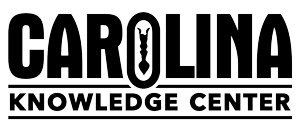



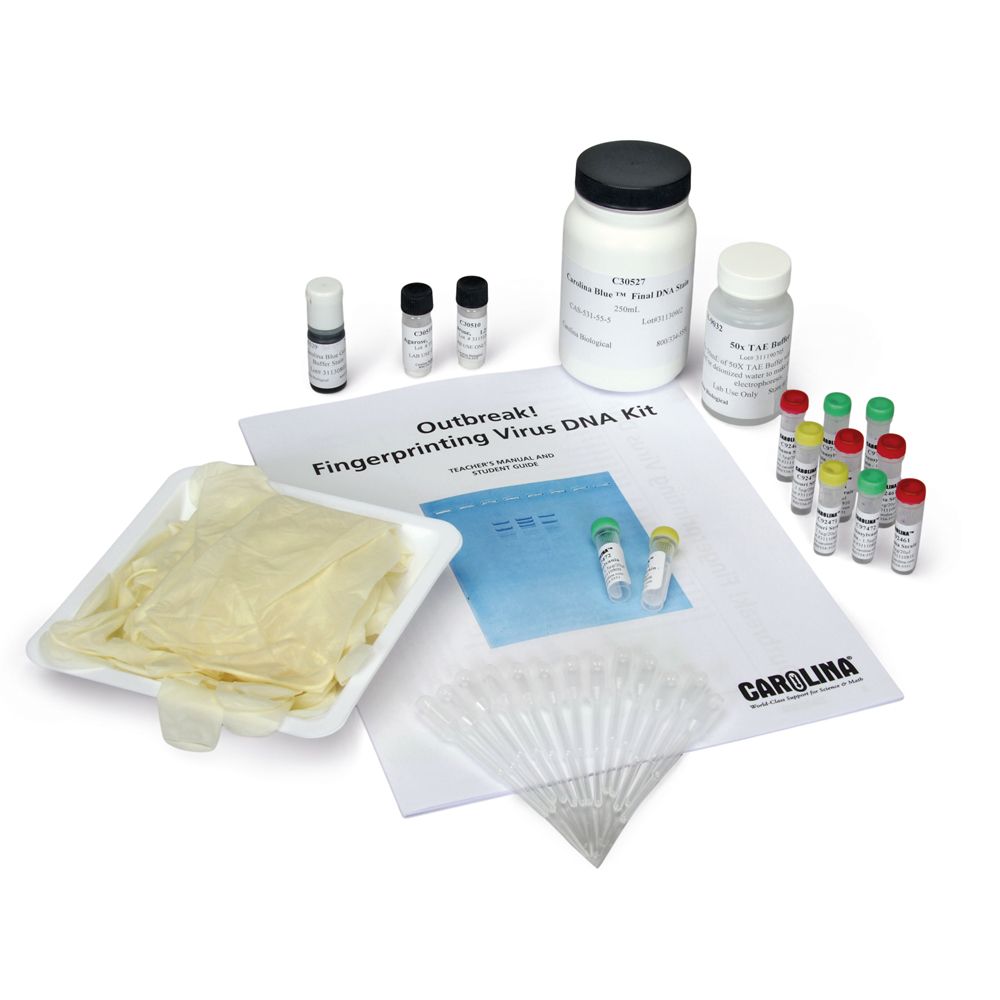


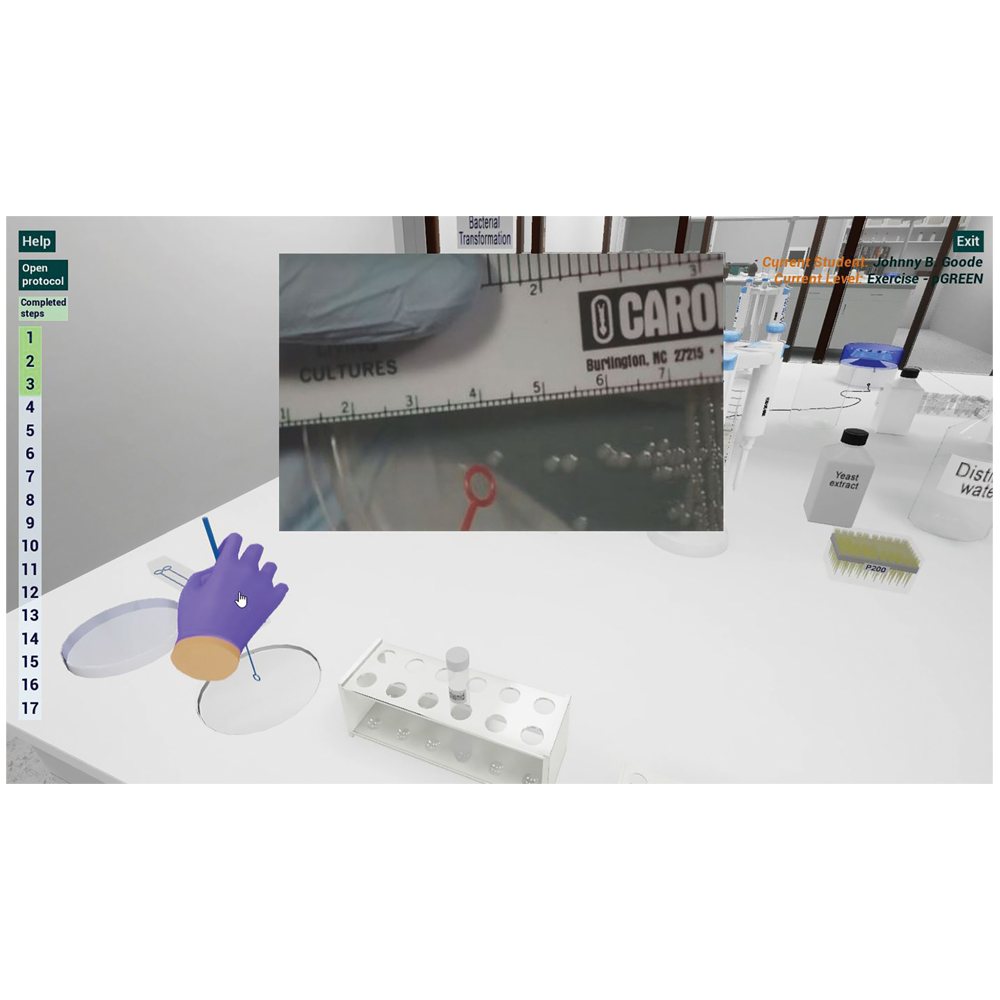
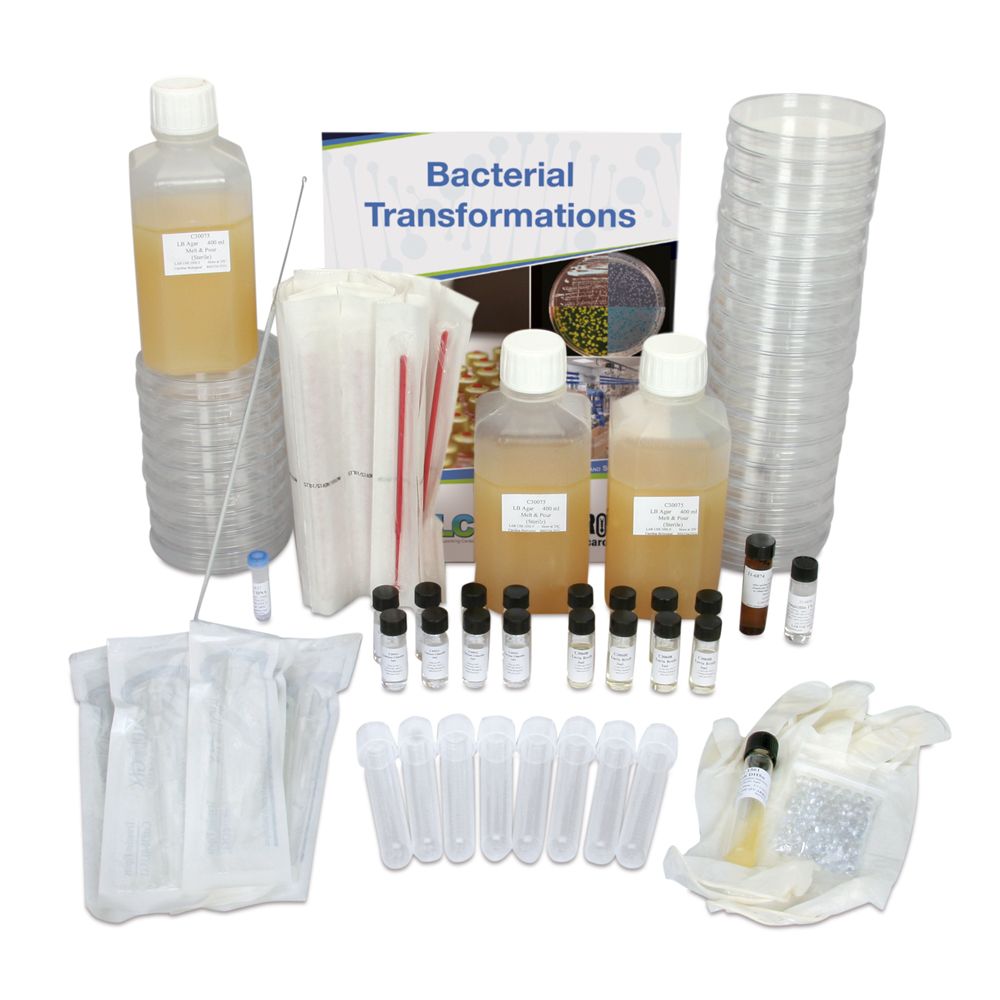
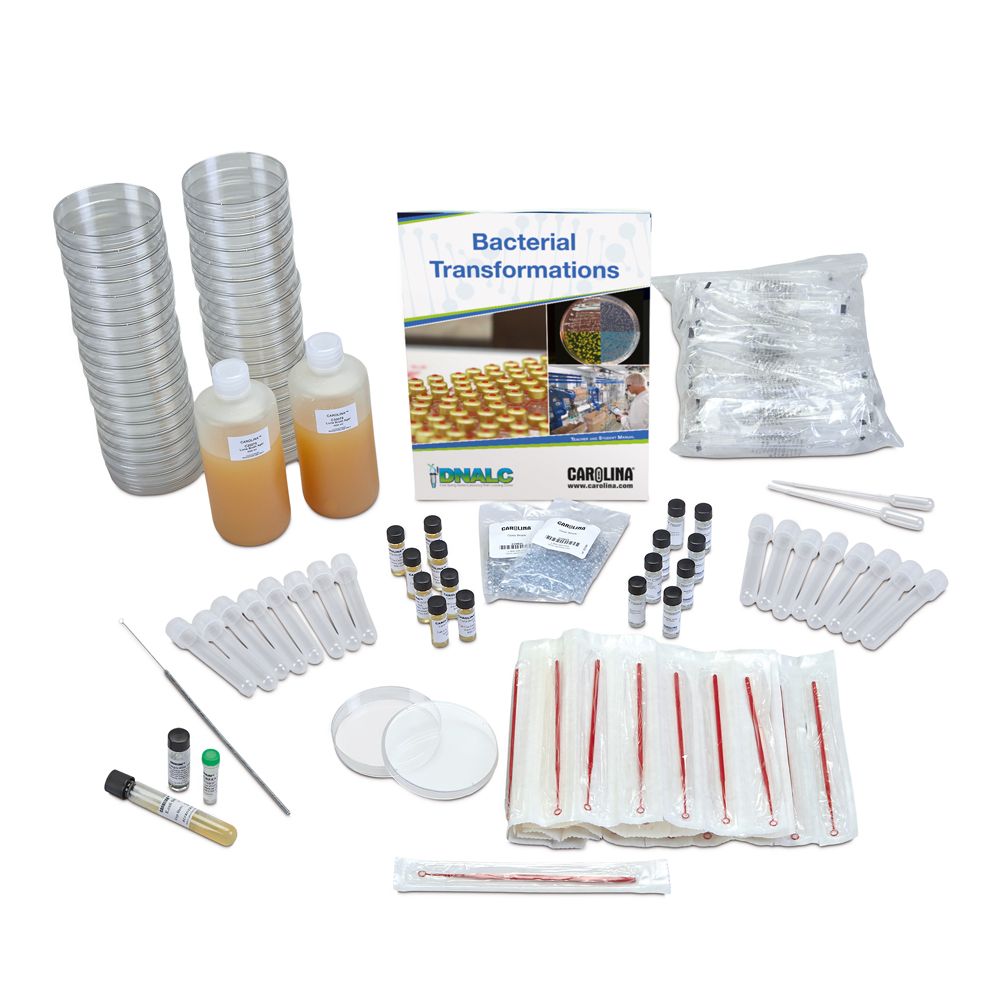



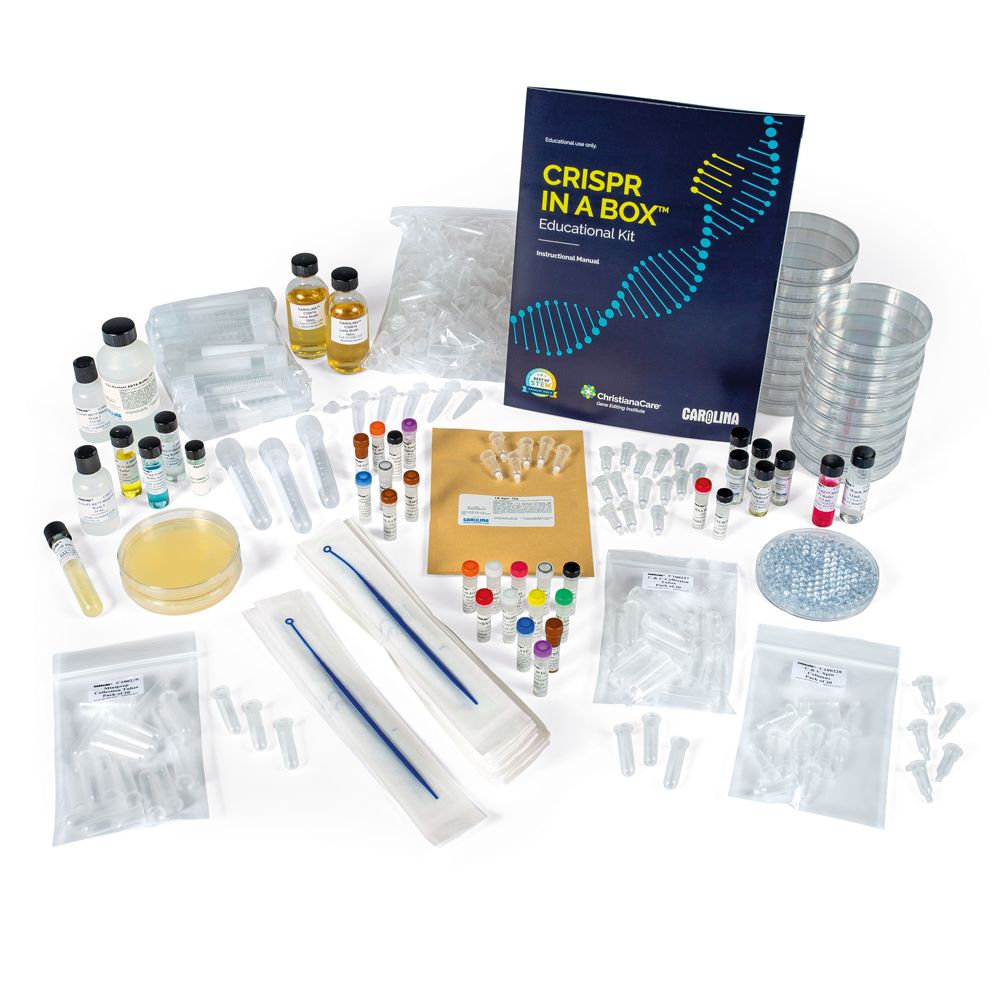

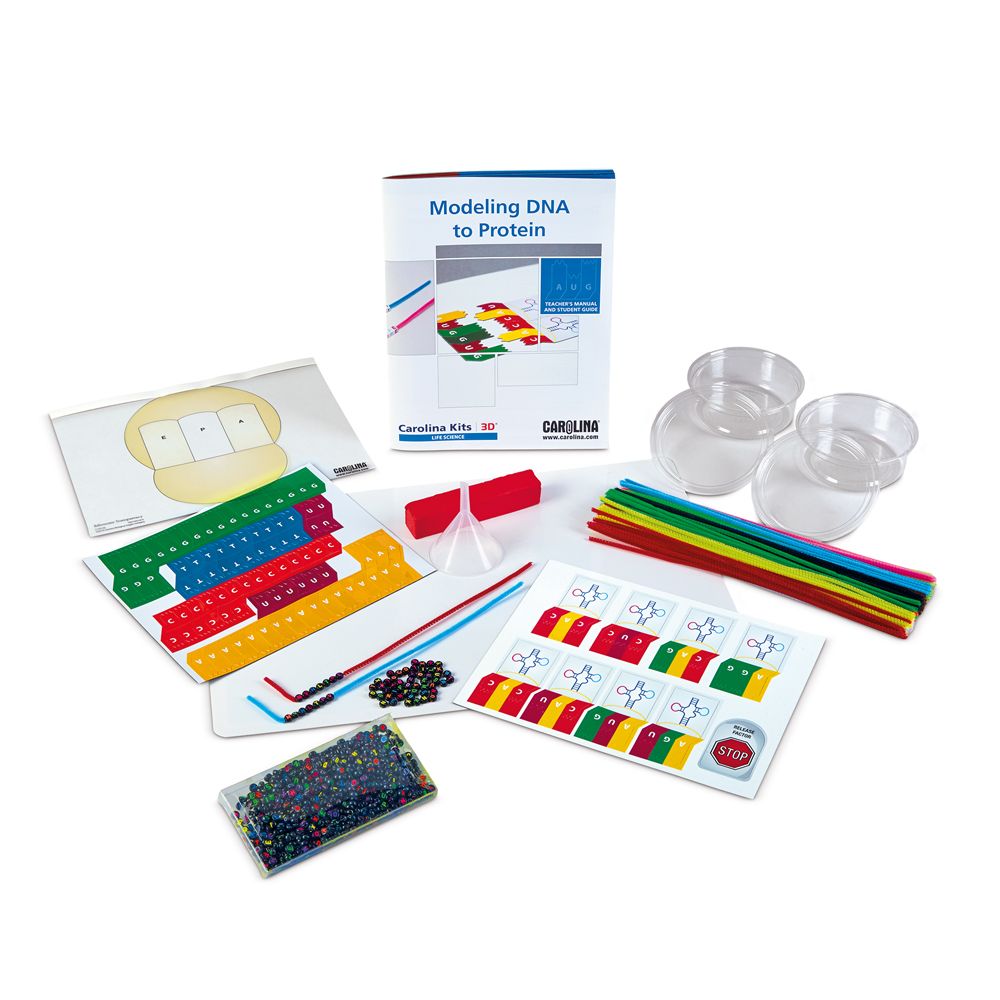
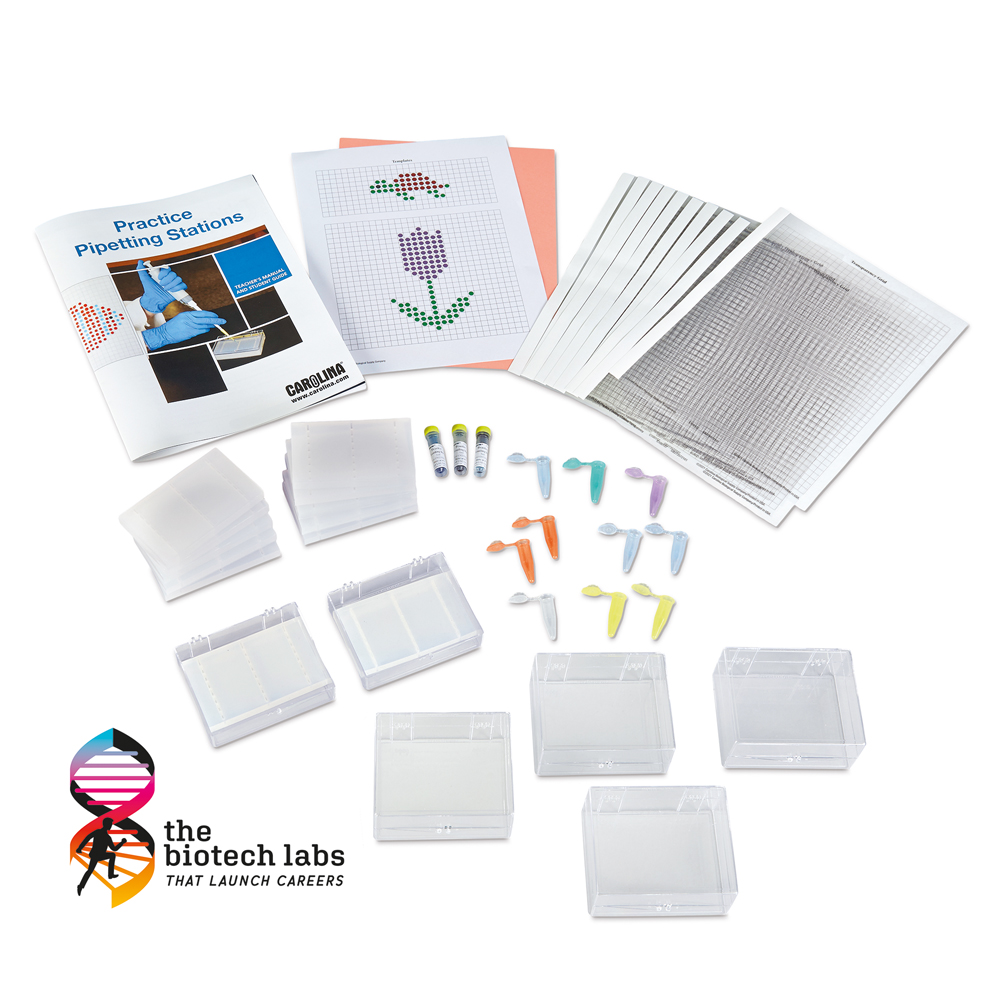

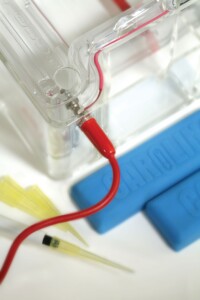




2 Comments
I can’t get the Biotechnology Skills videos to play – any suggestions?
Thank you for alerting us to this issue. The videos should play now.